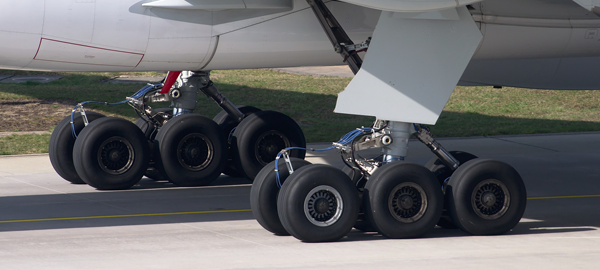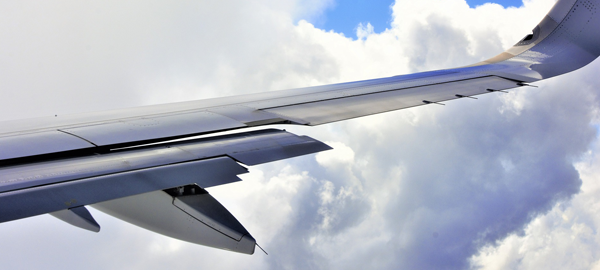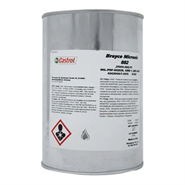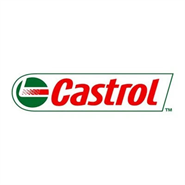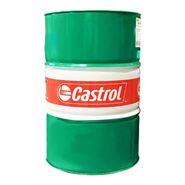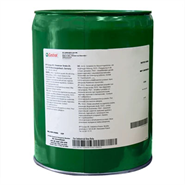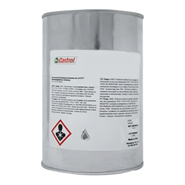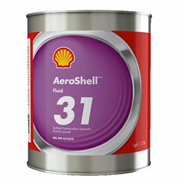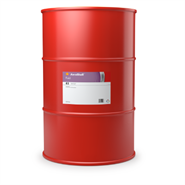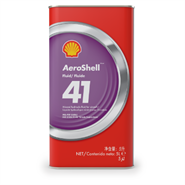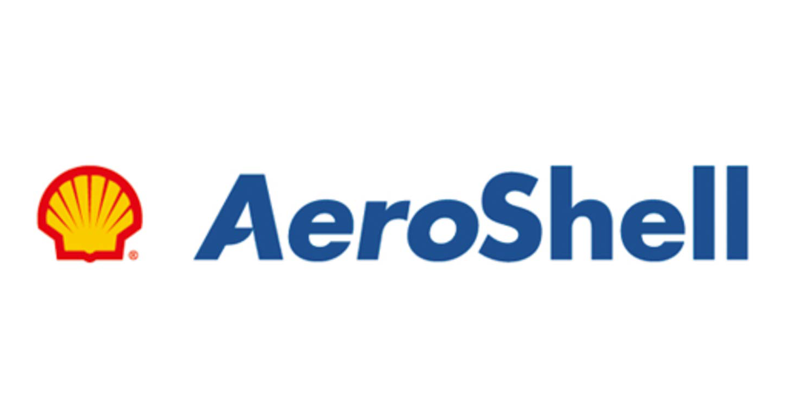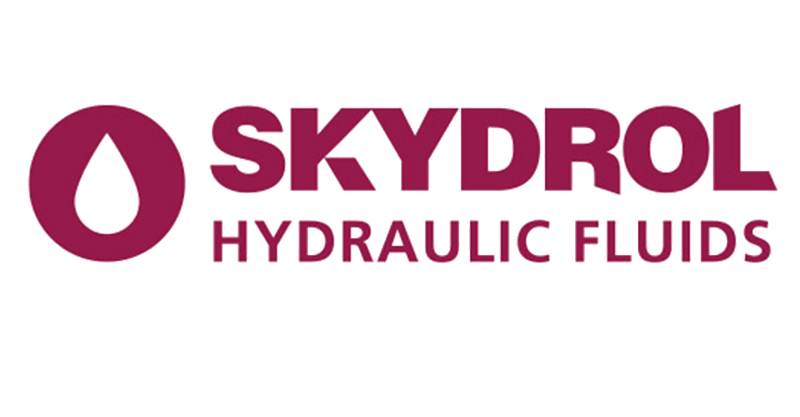Introduction to Hydraulic Fluids in Aerospace
Hydraulic systems are found in both commercial and military aircraft, converting pressurised fluids to power a variety of components. To reduce maintenance costs, selecting the right type of hydraulic fluid is essential for the aviation industry. Here, we delve into the characteristics, key differences, and crucial considerations for these vital fluids.
Common Hydraulic Fluid Types in Aerospace
In the same way that
turbine engine oil technology has evolved over time, hydraulic fluids are no different. There are various types of hydraulic fluids currently in operation around the world. These fluids are categorised by their base oil, with each type designed for specific performance needs in commercial and military aviation.
Mineral-Based Hydraulic Fluids
Mineral-based hydraulic fluids are among the most common and historically significant hydraulic fluid types in aviation. These fluids remain prevalent in certain military applications and are widely used in general aviation aircraft and some commercial flight operations. They are relatively cost-effective to produce and perform well in various small and larger aircraft systems.
Synthetic Hydrocarbon Hydraulic Fluids
Primarily used in military and high-performance aircraft, these hydraulic fluid types offer significantly improved performance at high pressures and temperatures. Key advantages include reducing friction and heat generated within the hydraulic system, which enhances overall efficiency.
Phosphate Ester Hydraulic Fluids
Phosphate ester hydraulic fluids are the mandatory choice for modern commercial aviation due to their exceptional fire resistance. This hydraulic fluid type is crucial for passenger safety and represents a non-negotiable advancement in airplane hydraulic fluid technology.
Within this category, Type IV and Type V fluids denote performance levels:
Type IV Fluids: A well-established and reliable option, providing excellent fire resistance for commercial aircraft.
Type V Fluids: The next generation, offering enhanced stability at higher temperatures and extended fluid life. This can lead to reduced maintenance costs and often features lower density for improved fuel efficiency.
Both types of phosphate ester fluid are fully compatible with each other, regardless of brand, but it should be noted that phosphate ester and mineral or synthetic fluids are fully incompatible and any product changes should be carried out in accordance with service manuals.
FAQs about Airplane Hydraulic Fluids
Do aircraft need to use a specific type of hydraulic fluid?
Absolutely, aircraft must use specific hydraulic fluid types as dictated by the aircraft manufacturer (OEM) and maintenance manuals to ensure system compatibility, safety, and optimal performance.Can hydraulic fluids be mixed?
Generally, mixing different hydraulic fluid types, especially those with different base chemistries (like mineral and phosphate ester), is highly discouraged due to severe incompatibility issues that can lead to system failure.

